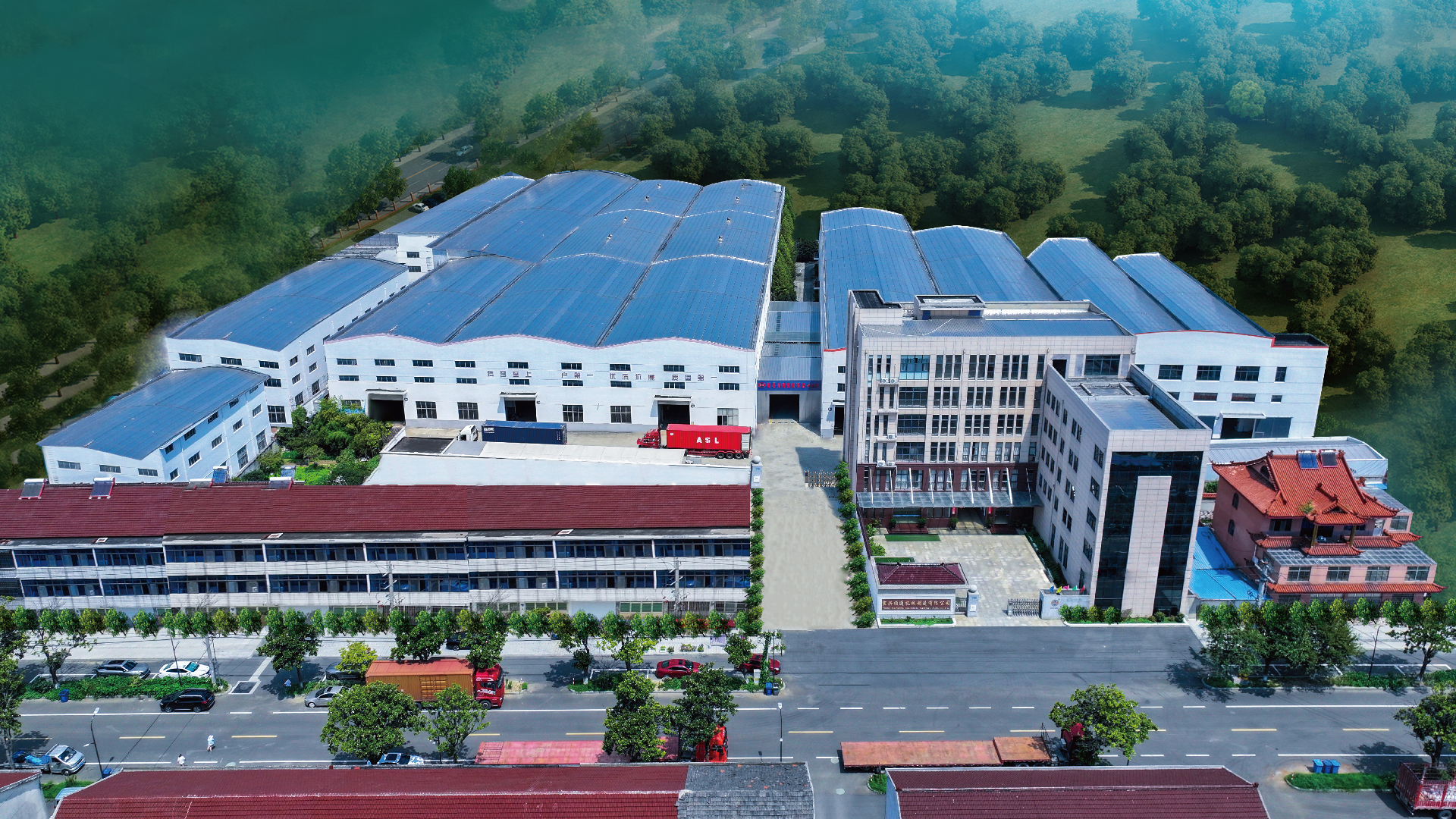Application Prospects of Monofilament Extrusion: Riding Trends to Expand in Sustainable, Agricultural, and High-Tech Sectors
The global wave of eco-friendly consumption will be a major driver of monofilament extrusion’s prospects. As countries tighten restrictions on single-use plastics, demand for durable, recyclable alternatives—such as PP/PET monofilament reusable bags, PLA produce mesh bags, and recycled-fiber filter fabrics—has spiked. Monofilament extrusion excels here: it can process biodegradable materials (like PLA, PBAT) and recycled inputs (e.g., rPET from plastic bottles) while adjusting filament fineness and tensile strength to meet product needs. With brands competing to label products as "sustainable," manufacturers investing in monofilament extrusion will gain an edge in capturing the fast-growing green consumer goods market, ensuring steady demand growth for the process.
In modernized and large-scale agriculture, monofilament extrusion’s prospects are tied to the sector’s efficiency and sustainability goals. The rise of smart greenhouses, intensive crop cultivation, and policies to reduce agricultural "white pollution" has created demand for high-performance, customizable monofilaments. Extrusion enables the production of UV-resistant filaments for crop shade nets (regulating light for lettuce, strawberries), anti-aging strands for tomato/grape support ropes, and biodegradable reinforcements for mulch films (preventing tearing). Unlike traditional small-batch production, monofilament extrusion supports mass output—critical for large farms needing consistent, large-volume supplies. As global agriculture shifts toward scale and eco-friendliness, the process will become a staple in agricultural material manufacturing.
The expansion of high-end industrial fields will open new, high-value prospects for monofilament extrusion. In new energy, lithium-ion battery separators require ultra-thin, uniform PET/PP monofilaments—extrusion’s precision temperature control and online diameter monitoring meet these strict specs. In medical manufacturing, biocompatible monofilaments (from medical-grade PET) for surgical sutures and hernia repair meshes depend on extrusion’s ability to achieve micrometer-level accuracy. In automotive production, heat-resistant monofilaments for interior filter meshes and seat ventilation nets rely on extrusion’s adaptability to high-performance materials. As these sectors grow and reduce reliance on imported filaments, monofilament extrusion will break into high-margin markets, elevating its overall application value.

